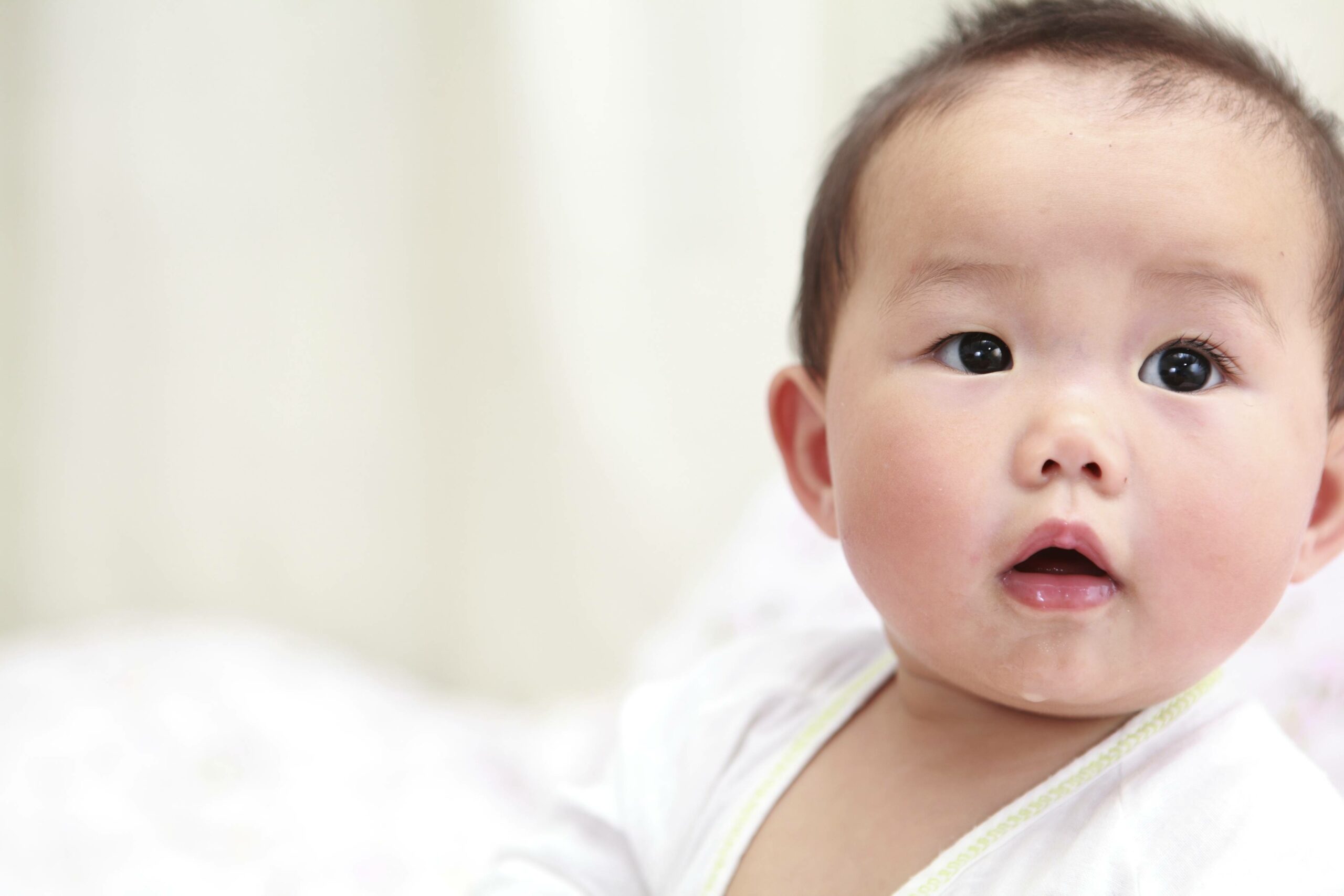
Are you a new or expecting parent? Many parents wonder what is normal for their newborn when it comes to developmental milestones. This is part two of a three-part blog series. Throughout the week we will post a list of developmental milestones submitted by Deborah Winders Davis, Ph.D., professor of Pediatrics in the School of Medicine at the University of Louisville. To read part one, developmental milestones for 1 to 3 months, click here.
If you are concerned about your child reaching certain developmental milestones, please make sure to discuss any issues with your child’s pediatrician. If you need a pediatrician, click here to learn more about UofL Pediatrics.
Movement
- Pushes up on extended arms (5 months)
- Pulls to sitting with no head lag (5 months)
- Sits with support of his hands (5-6 months)
- Sits unsupported for short periods (6-8 months)
- Supports whole weight on legs (6 months)
- Grasps feet (6 months)
- Transfers objects from hand to hand (6-7 months)
- Uses raking grasp (not pincer) (6 months)
Visual
- Looks for toy beyond tracking range (5-6 months)
- Tracks moving objects with ease (4-7 months)
- Grasps objects dangling in front of him (5-6 months)
- Looks for fallen toys (5-7 months)
Hearing and speech
- Distinguishes motions by tone of voice(4-7 months)
- Responds to sound by making sounds (4-6 months)
- Uses voice to express joy and displeasure (4-6 months)
- Syllable repetition begins (5-7 months)
Cognitive
- Finds partially hidden objects (6-7 months)
- Explores with hands and mouth (4-7 months)
- Struggles to get objects that are out of reach (5-7 months)
Social/Emotional
- Enjoys social play (4-7 months)
- Interested in mirror images (5-7 months)
- Responds to other people’s expression of emotion (4-7 months)
Developmental red flags
- Seems very stiff, tight muscles
- Seems very floppy, like a rag doll
- Head still flops back when body is pulled to sitting position (by 5 months still exhibits head lag)
- Shows no affection for the person who cares for them
- Doesn’t seem to enjoy being around people
- One or both eyes consistently turn in or out
- Persistent tearing, eye drainage, or sensitivity to light
- Does not respond to sounds around them
- Has difficulty getting objects to mouth
- Does not turn head to locate sounds by 4 months
- Doesn’t roll over (stomach to back) by 6 months
- Cannot sit with help by 6 months (not by themselves)
- Does not laugh or make squealing sounds by 5 months
- Does not actively reach for objects by 6 months
- Does not follow objects with both eyes
- Does not bear some weight on legs by 5 months
Adapted from Early Childhood Direction Center, C/O Women & Children’s Hospital of Buffalo, 219 Bryant St., Buffalo, New York 14222









